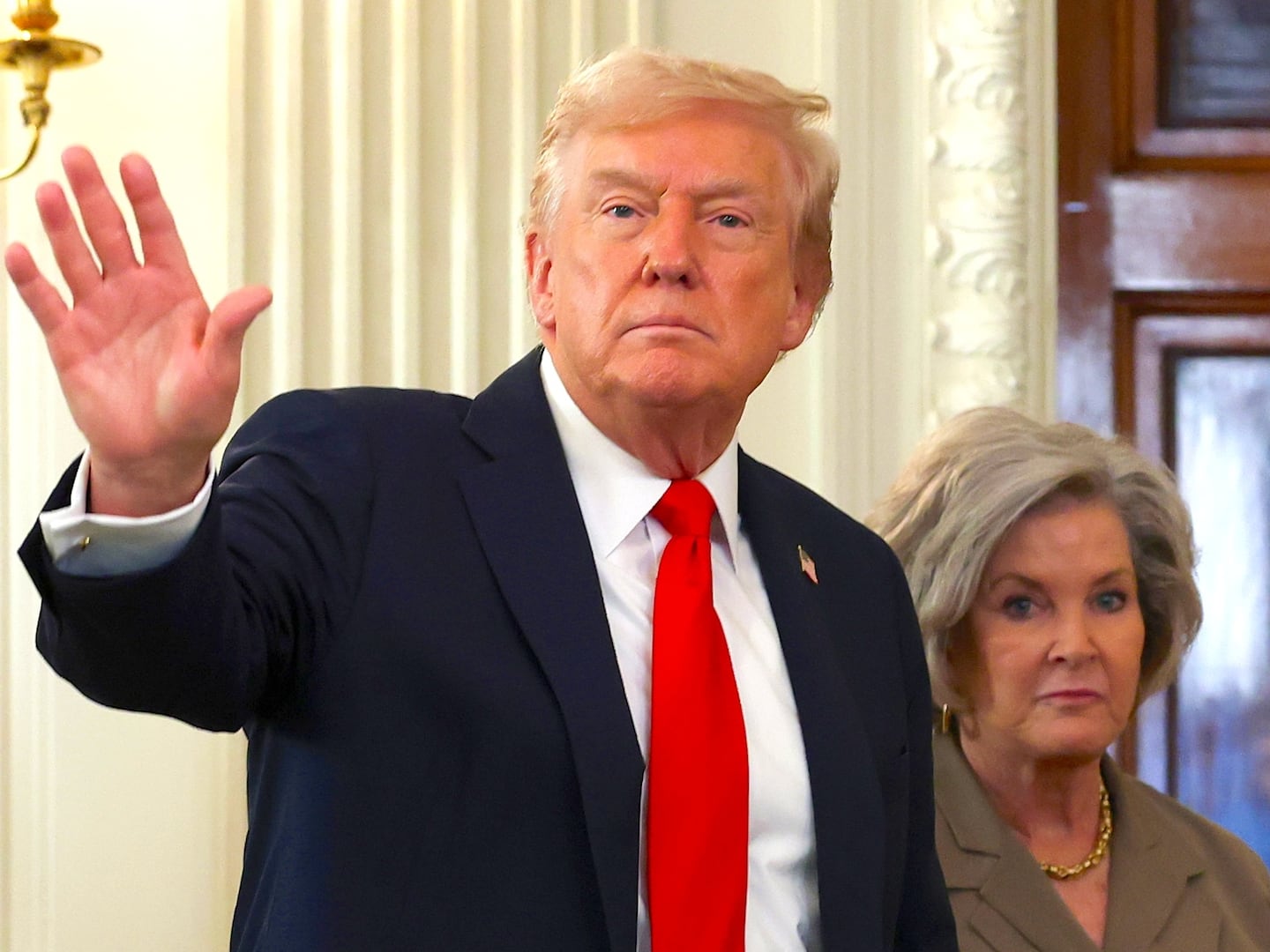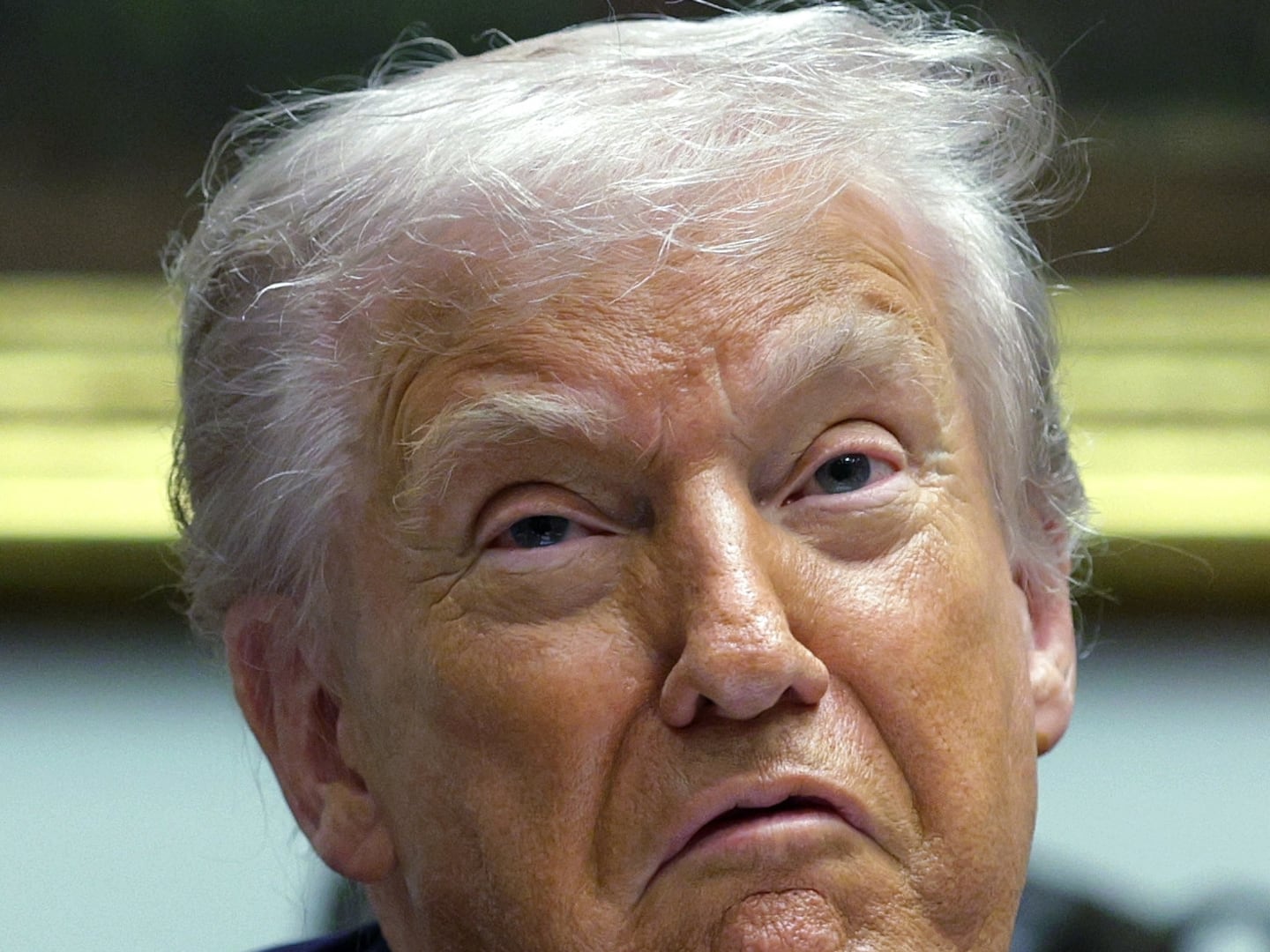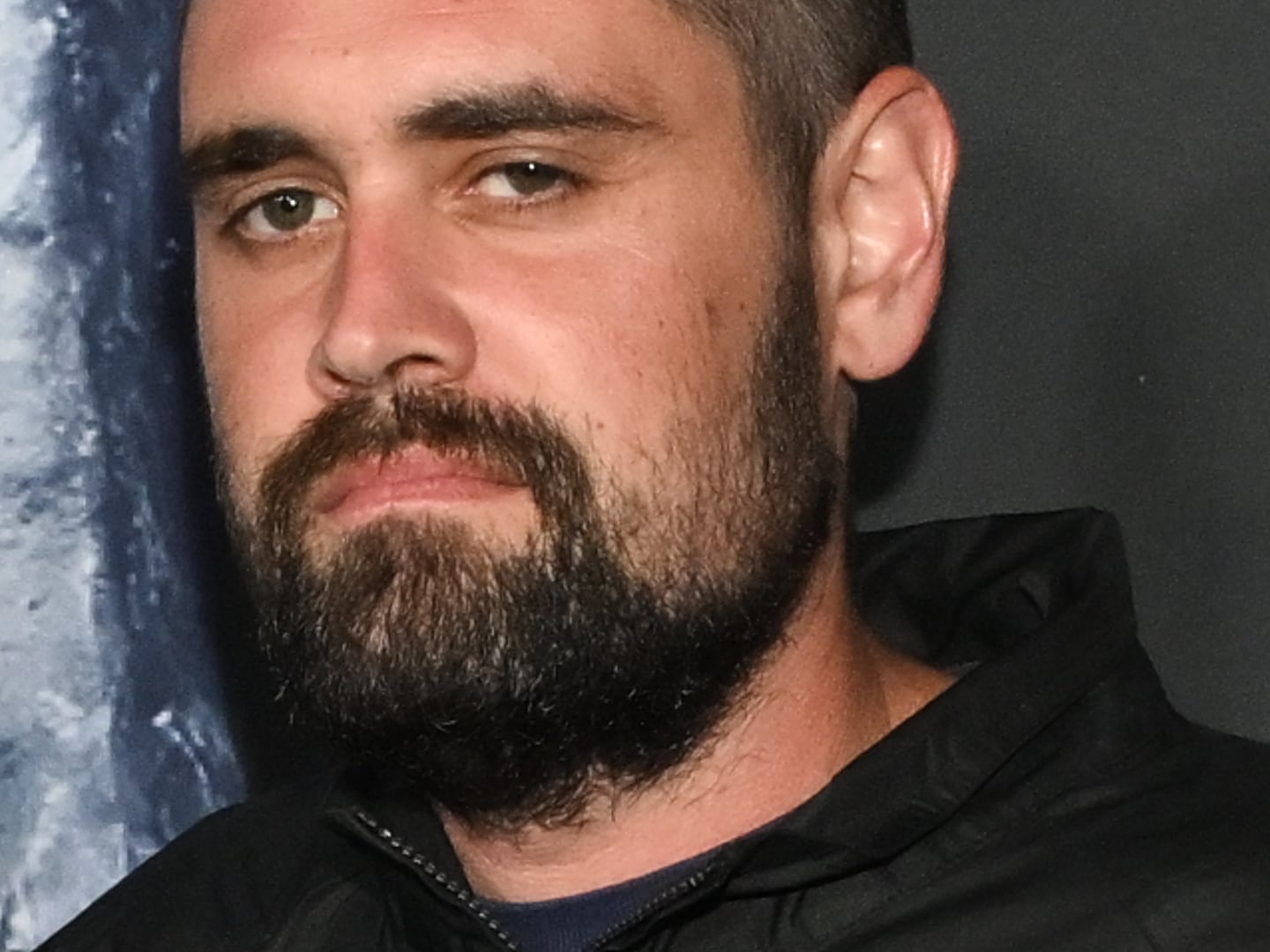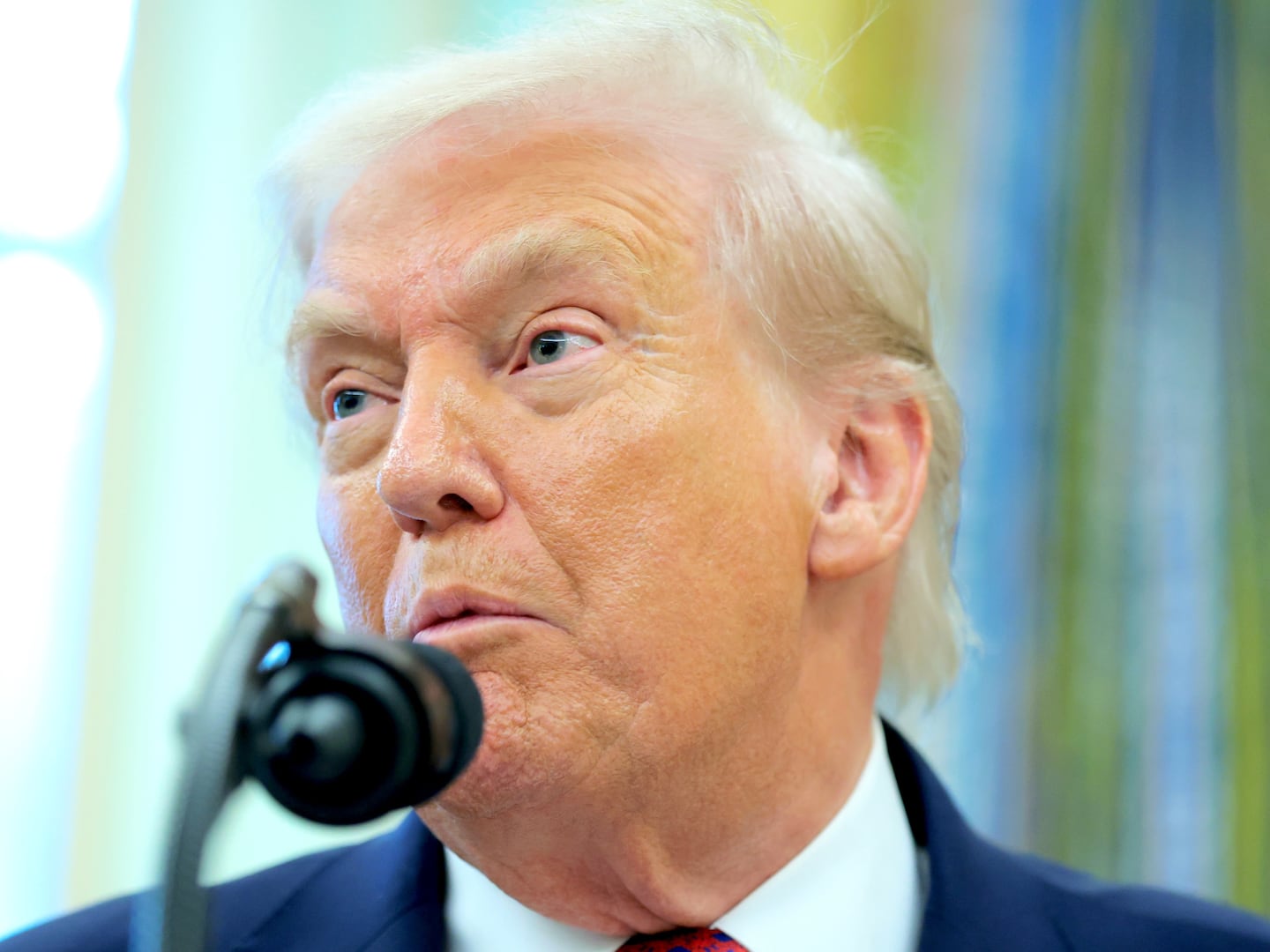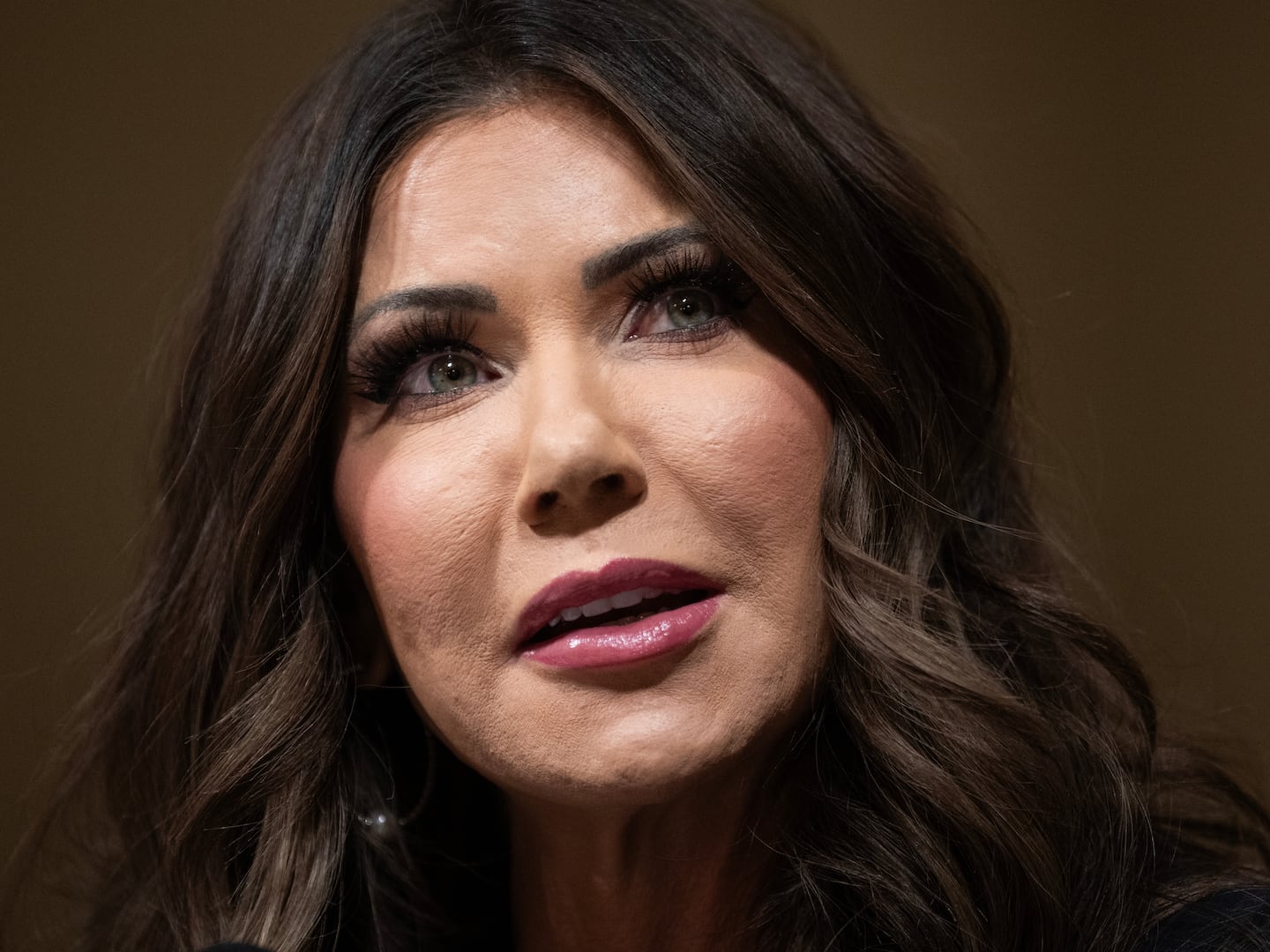
PLUS: Read Parts I and II of Lucinda Franks’ series on teen bullying: Bullied to Death and Life and Death at Suicide High.
Every hour and a half, a teenager tries to take his life; many of them are incessantly persecuted by their fellow students, many are cyberbullied on Web sites. And despite efforts to change this culture of bloodlust in the schools, little has been done about it and perhaps nothing can be done.
A rash of recent suicides by bullied teens has inspired 41 states to enact anti-bullying laws but less than half of these have implemented enforceable laws that would significantly tackle the problem. Even in the few states with the strictest laws, where administrators must report every incident of bullying to the state, problem schools can often slip right through cracks in the legislation.
“What are we going to do, make a state rule that you can’t bring a Dunkin’ donut to school?” asks Glenn Koocher, executive director of the Massachusetts Association of School Committees. “Are we going to say, ‘Here comes Haley’s Comet, let’s make a regulation!’ ”
While the indictments of the nine Massachusetts students who bullied Phoebe Prince to death may help lead to more effective monitoring of harassment, only the schools have the power to stop it. And in many schools across the nation, there is a conspiracy of silence.
Victims can be reluctant to report their injuries because they know nothing will come of it and the bullying will only get worse. Friends of those bullied typically say nothing as well. “If you report what’s happening,” says one student in New York City, “you know that you will be next.”
• Lucinda Franks: Life and Death at Suicide HighTeachers don’t always step in because they receive little or no backup, or they want to be popular and cool, or are fearful for their own physical safety. Exacerbating the problem, principals are also often afraid of the parents of bullies, who are usually bullies themselves and who come tearing in, threatening lawsuits. In light of the new anti-bullying laws, principals fear the unwanted publicity will lead to a reduction of their school funding. And sometimes they are simply lazy. It is easier to ignore an incident, pretend it’s just a part of growing up. As a result of this lassitude—in school boards as well as individual schools—many adolescents come to believe that they deserve bullying. And for some, the only way to escape their tormentors is to take their own lives.
To combat this problem, parents of kids who have committed suicide have turned their grief into passionate action, waging their own fight for anti-bullying laws. “We don’t want our children,” says one bereaved mother, ”to have died in vain.”
In 2008, after a three-year battle by Debra Johnston, whose son took his own life after endless bullying, Florida passed a model anti-bullying statute called the Jeffrey Johnston Stand Up for All Students Act. The Florida law required individual districts to develop policies that mandate how schools must prevent bullying and swiftly punish offenders; how victims must receive counseling and be protected from retaliation for reporting the incident. The law stipulated that anti-bullying policies and programs must be put into place in each school by a certain date; it demanded accountability for each bullying incident, meaning it must be reported to state officials; it also contained a provision that prohibits cyberbullying as well as person-to-person bullying. (Other states such as Rhode Island, Virginia and Kentucky have passed similar laws.)
Previously, federal privacy laws prohibited anyone, including the victim, from knowing what punishment, if any, the bully had received.“In fact, he or she might have suffered no punishment—the schools could just duck the problem,” says Martha Queenin, social worker for Lexington High School in Massachusetts. “The victims are often the ones moved to another classroom. In a sense, the victims are revictimized.”
Florida is one of the first states whose anti-bullying statute gets around the privacy laws and mandates that parents of the victims must be told about the bullying and the consequence that the bully suffers as a result. But even the best legislation can be ineffective if the state has uncooperative schools. Brenda High, whose son hanged himself by his backpack strap just after his twelfth birthday, founded Bully Police USA. High’s organization tracks the various anti-bullying laws and gives them grades according to their strength and effectiveness.
Schools generally don’t support laws that force them to obey rules and punish them if they don’t. “More layers and layers of rules, more complications for school administrators!” says Glenn Koocher, executive director of the Massachusetts Association of School Committees, in an excited voice. “What are we going to do, make a state rule that you can't bring a Dunkin donut to school? Are we going to say, ‘Here comes Haley’s Comet, let's make a regulation!‘ ”
“You know bullies are kids too and often there is a reason for their behavior,” says Eric Hansen, principal of the White Pine Middle School in Ely, Nevada. “They have a tragedy at home, not enough to eat, bad parenting. It is crucial that we pay attention to them also.”
Koocher and others think that the new anti-bullying laws have attracted a plethora of opportunists: “They are coming in droves, these narcissists who exploit other people’s misfortunes. They camouflage themselves as professional consultants. With all these anti-bullying policies to be drafted, they are right there selling their services.”
There is, however, some hope for the future. Several progressive schools have, on their own, implemented successful strategies to stop student harassment. “It takes a creative leader and a community who will band together to help him,” says Martha Queenin. “For example, if we get wind of a child eating alone in a hallway, we will create a circle to protect him,” she explains. “You have to empower these kids before they become victims,”
The school, with the help of parents, selects peer leaders and puts them through weeks of training. Then they send out invitations to pizza and game parties to those leaders and the kids who are socially struggling. “They are fun evenings where everyone can bond. The leaders, many of whom were once bullied, start sitting with these kids in the cafeteria, walking with them in the hall. Suddenly, the potential victims of bullying aren’t disconnected; they have a social group.”
Eric Hansen, principal of the White Pine Middle School in Ely, Nevada, has also devised novel techniques. The school is in a copper mining area and the pupils are relatively tough. When Hansen took over the school four years ago, there was mayhem among the students and backbiting among a discontent staff. He started by educating the staff. “It was a toxic environment and I wanted to transform the culture. I talked to each staff member, encouraged them to bond, to go to each other’s homes, attend weddings, bring food if they suffered a disaster. Then I assigned each student an adviser—the nurses, the librarians, the janitors were all tapped—and they met with their students every day. In other words, we became a family.”
Hansen then took an anonymous poll of all the students, asking them to name the biggest bullies in the school. “I brought them in, told them they had been identified by their peers, and we were there to help them. We asked them how they felt about their peers’ opinions and asked them if those opinions were fair.
“Most of them admitted to their bullying. Those that didn’t had to report to us each day and were required to do or say something nice to someone. We got the parents involved and made sure that the problem children felt they were safe, accepted, and listened to.
“ You know bullies are kids too and often there is a reason for their behavior,” Hansen continues. “They have a tragedy at home, not enough to eat, bad parenting. It is crucial that we pay attention to them also.”
“We need to know all our students inside out. Eventually, I believe we can even bring the victim and the bully together.” Hansen says. It shouldn’t matter what someone looks like, or how they learn, or whether they are outside the norm, they are all kids and if there is any group that can be taught to change, it’s kids.”
Lucinda Franks is a Pulitzer Prize-winning journalist and author who was on the staff of the New York Times and has written for the New Yorker and the New York Times Book Review and Magazine. Her latest book is My Father's Secret War, about her father, who was a spy for the OSS during World War II.


